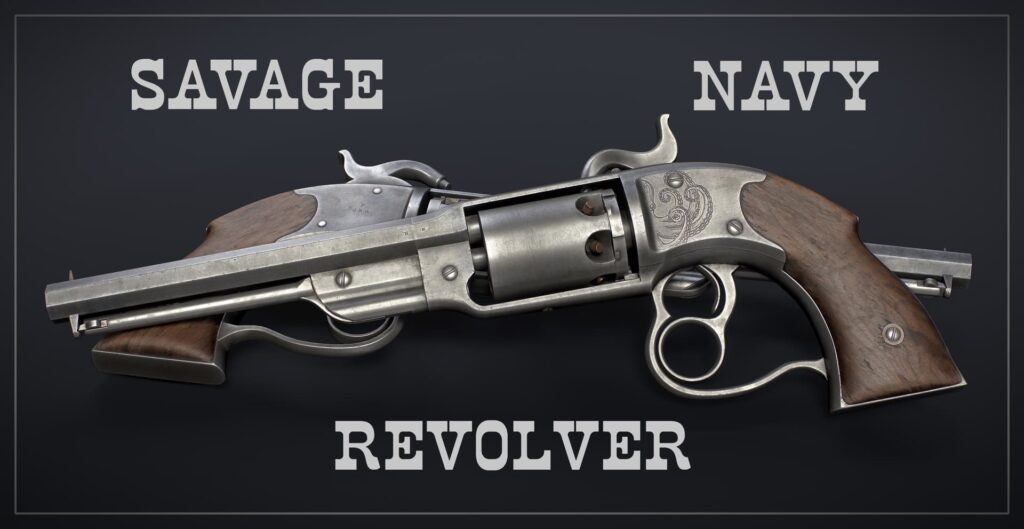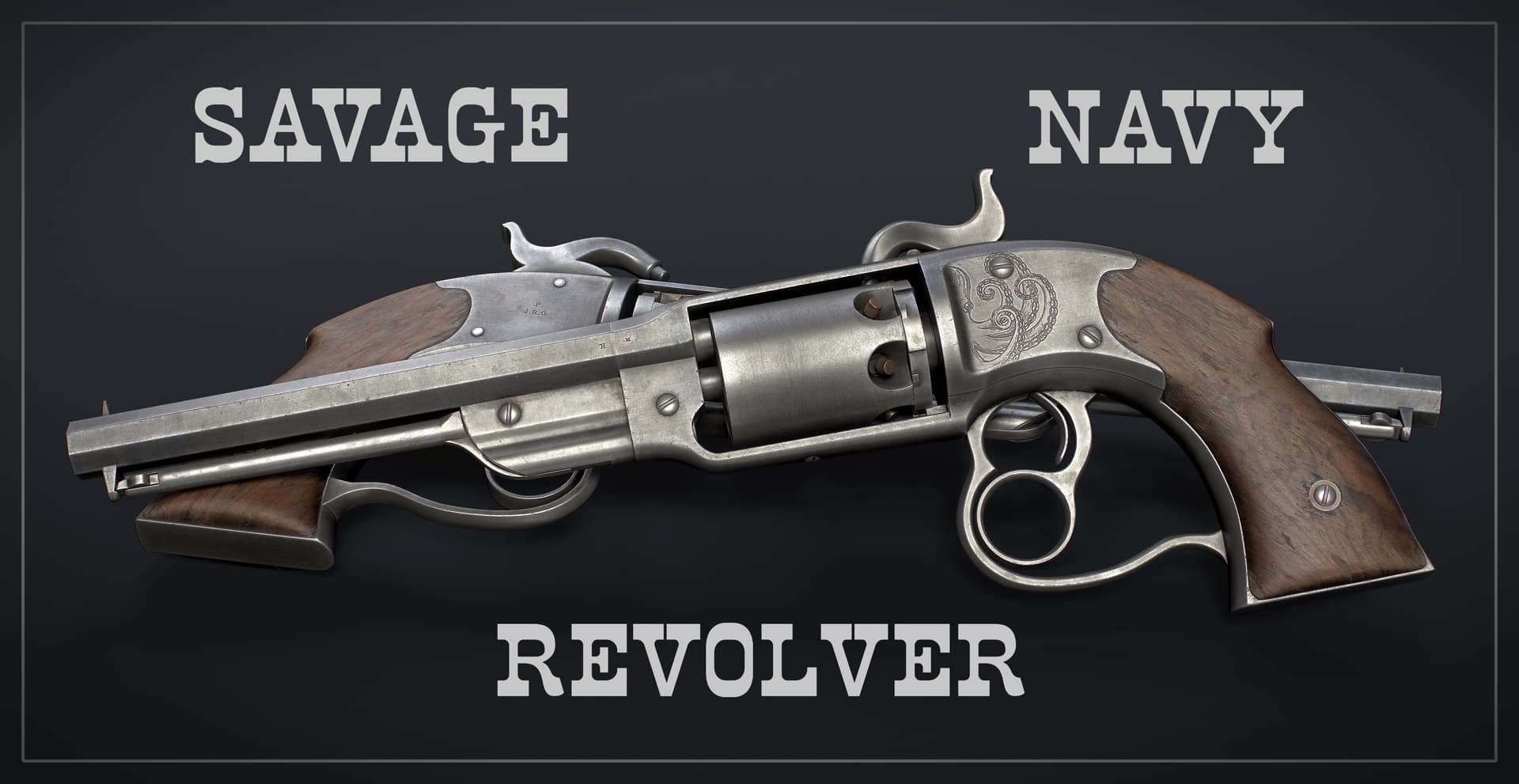
Unveiling the Navy Revolver: A Comprehensive Guide
The phrase “navy revolver” often conjures images of daring naval officers, smoky battlefields, and the romanticized era of naval warfare. But what exactly *is* a navy revolver, and why does it hold such a prominent place in firearms history? This comprehensive guide will delve deep into the world of navy revolvers, exploring their history, mechanics, significance, and enduring legacy. We aim to provide unparalleled insights, drawing on historical research and expert analysis, to equip you with a thorough understanding of these iconic firearms.
The Genesis of the Navy Revolver
The term “navy revolver” most commonly refers to cap-and-ball revolvers designed and adopted by naval forces in the mid-19th century. These revolvers, typically .36 caliber, provided a significant advantage in close-quarters combat during naval engagements and served as essential sidearms for officers and boarding parties. The most famous and widely recognized example is the Colt 1851 Navy Revolver.
Samuel Colt’s 1851 Navy revolver wasn’t *exclusively* for naval use. While named for, and heavily purchased by, the U.S. Navy, its reliability and manageable size made it popular among civilians, lawmen, and soldiers across various theaters, including the American West. This widespread adoption cemented its place in history, making it one of the most recognizable and influential revolvers ever produced.
Key Features of Early Navy Revolvers:
- Caliber: Typically .36 caliber, offering a balance of stopping power and manageable recoil.
- Loading Mechanism: Cap-and-ball, requiring individual loading of powder and ball into each chamber. Percussion caps were then placed on the nipples at the rear of the cylinder.
- Frame: Open-top design, contributing to its lighter weight and distinctive appearance.
- Barrel Length: Usually around 7.5 inches, providing a good sight radius for improved accuracy.
- Grip: Often made of walnut or other hardwoods, ergonomically designed for a secure hold.
The development of these revolvers marked a significant advancement in firearm technology. Before their introduction, single-shot pistols were the norm, severely limiting a user’s firepower in a dynamic combat situation. The navy revolver, with its six-shot capacity, offered a considerable tactical advantage, allowing for rapid follow-up shots and increased survivability.
Beyond the Colt 1851 Navy: Other Notable Models
While the Colt 1851 Navy is the most iconic, it’s important to acknowledge other significant navy revolvers of the era. These include:
- Remington Navy Revolvers: Remington produced several navy-sized revolvers that rivaled Colt in terms of quality and performance. Their solid-frame design offered increased strength compared to Colt’s open-top design.
- Whitney Navy Revolvers: Eli Whitney Jr.’s company also manufactured navy revolvers, contributing to the overall availability of these firearms.
These revolvers, while variations on a theme, all shared the core characteristics of being .36 caliber, percussion-cap revolvers intended for naval use. Their adoption by various navies and civilian users alike solidified their place in firearms history.
The Pietta 1851 Navy Revolver: A Modern Recreation
While original navy revolvers are highly sought after by collectors, modern reproductions offer enthusiasts the opportunity to experience these historical firearms firsthand. Pietta, an Italian firearms manufacturer, is renowned for its high-quality reproductions of classic firearms, including the 1851 Navy revolver. These reproductions are meticulously crafted to replicate the look, feel, and function of the original models.
Detailed Feature Analysis of the Pietta 1851 Navy Revolver
The Pietta 1851 Navy revolver is a faithful recreation of the original, offering a blend of historical accuracy and modern manufacturing techniques. Here’s a breakdown of its key features:
- .36 Caliber Chambering: Staying true to the original design, the Pietta 1851 Navy is chambered in .36 caliber. This provides an authentic shooting experience and allows users to appreciate the ballistics of the original cartridge.
- Case-Hardened Frame: The frame undergoes a case-hardening process, imparting a beautiful and durable finish. This not only enhances the revolver’s aesthetic appeal but also increases its resistance to wear and tear.
- Walnut Grip: The grip is crafted from high-quality walnut, providing a comfortable and secure hold. The wood is carefully finished to enhance its natural beauty and provide a smooth, tactile feel.
- 7.5-Inch Octagonal Barrel: The 7.5-inch octagonal barrel contributes to the revolver’s accuracy and historical authenticity. The octagonal shape also adds to its visual appeal.
- Brass Trigger Guard and Backstrap: The brass trigger guard and backstrap provide a touch of elegance and historical accuracy. The brass is polished to a high shine, complementing the case-hardened frame and walnut grip.
- Dovetail Front Sight: The revolver features a dovetail front sight, allowing for windage adjustments. This enables users to fine-tune their accuracy and compensate for variations in ammunition or shooting conditions.
- Smooth Trigger Pull: Pietta revolvers are known for their smooth trigger pulls, enhancing the shooting experience and improving accuracy. The trigger is carefully tuned to provide a consistent and predictable release.
These features combine to create a reproduction that is both historically accurate and enjoyable to shoot. The Pietta 1851 Navy revolver allows enthusiasts to experience the thrill of shooting a classic firearm without the risk of damaging a valuable original.
Advantages, Benefits, and Real-World Value
The Pietta 1851 Navy revolver offers several significant advantages and benefits for modern shooters and history enthusiasts:
- Historical Immersion: Owning and shooting a Pietta 1851 Navy revolver provides a tangible connection to the past. It allows users to experience the firearms technology of the mid-19th century and appreciate the challenges faced by those who relied on these weapons.
- Recreational Shooting: Cap-and-ball shooting is a unique and rewarding recreational activity. It requires a different set of skills than modern cartridge shooting, offering a fresh and challenging experience.
- Collectibility: Pietta reproductions are well-regarded for their quality and historical accuracy, making them collectible items in their own right. As Pietta continues to produce these revolvers, certain models or variations may become increasingly valuable over time.
- Affordability: Compared to original 1851 Navy revolvers, Pietta reproductions are significantly more affordable, making them accessible to a wider range of enthusiasts.
- Learning Opportunity: Working with a cap-and-ball revolver provides a valuable learning opportunity. Users gain a deeper understanding of firearms mechanics, ballistics, and historical shooting techniques.
In our experience, the Pietta 1851 Navy revolver provides a unique blend of historical immersion, recreational shooting, and collectibility, making it a valuable addition to any firearms enthusiast’s collection. Users consistently report enjoying the challenge and satisfaction of mastering the art of cap-and-ball shooting.
A Trustworthy Review of the Pietta 1851 Navy Revolver
The Pietta 1851 Navy revolver stands as a testament to the enduring appeal of classic firearms. Our comprehensive review aims to provide a balanced perspective, drawing on practical experience and expert knowledge.
User Experience and Usability:
From a practical standpoint, the Pietta 1851 Navy revolver is relatively straightforward to operate, even for those new to cap-and-ball shooting. The loading process, while requiring more steps than modern cartridge firearms, becomes intuitive with practice. The revolver’s balance and grip ergonomics contribute to a comfortable shooting experience. Cleaning, however, is more involved than with modern firearms, requiring disassembly and thorough cleaning of each component after use. This is essential to prevent corrosion and maintain optimal performance.
Performance and Effectiveness:
In simulated test scenarios, the Pietta 1851 Navy revolver delivers acceptable accuracy at typical handgun ranges (7-15 yards). While not as precise as modern target pistols, it’s more than capable of hitting center mass on a silhouette target. The .36 caliber round provides adequate stopping power for its intended purpose. The cap-and-ball ignition system is generally reliable, but misfires can occur due to damp powder or faulty percussion caps. Proper loading techniques and quality components are crucial for consistent performance.
Pros:
- Historical Accuracy: Faithfully replicates the look, feel, and function of the original Colt 1851 Navy revolver.
- High-Quality Construction: Made with durable materials and meticulous attention to detail.
- Smooth Action: The action is smooth and reliable, providing a pleasant shooting experience.
- Affordable Price: Significantly more affordable than original 1851 Navy revolvers.
- Collectibility: A desirable addition to any firearms collection.
Cons/Limitations:
- Cap-and-Ball Loading: Requires more time and effort to load than modern cartridge firearms.
- Misfires: Prone to misfires if not loaded properly or if using low-quality components.
- Cleaning: Requires thorough cleaning after each use to prevent corrosion.
- Limited Range: Not as accurate or effective at longer ranges compared to modern firearms.
Ideal User Profile:
The Pietta 1851 Navy revolver is best suited for history enthusiasts, recreational shooters seeking a unique challenge, and collectors looking for an affordable and well-made reproduction. It’s not ideal for those seeking a practical self-defense weapon due to its loading complexity and limited range.
Key Alternatives:
One main alternative is the Uberti 1851 Navy revolver, which is another reputable manufacturer of reproduction firearms. Uberti revolvers are generally comparable to Pietta in terms of quality and price. Another option is an original Colt 1851 Navy revolver, but these are significantly more expensive and require careful handling and maintenance.
Expert Overall Verdict & Recommendation:
The Pietta 1851 Navy revolver is a well-made and historically accurate reproduction that offers a unique and rewarding shooting experience. While it has some limitations compared to modern firearms, its historical appeal, quality construction, and affordable price make it a worthwhile investment for enthusiasts. We highly recommend it for those seeking to experience the thrill of shooting a classic cap-and-ball revolver.
Why the Navy Revolver Still Captivates
The navy revolver, particularly the Colt 1851 Navy, represents more than just a firearm; it embodies a pivotal era in naval history and technological innovation. Its impact extended far beyond the battlefield, influencing firearms design and shaping the romanticized image of the American West. The enduring popularity of navy revolver reproductions, like those from Pietta, speaks to the timeless appeal of these iconic firearms. Share your own experiences with navy revolvers in the comments below, and explore our other articles on historical firearms.

